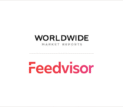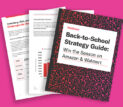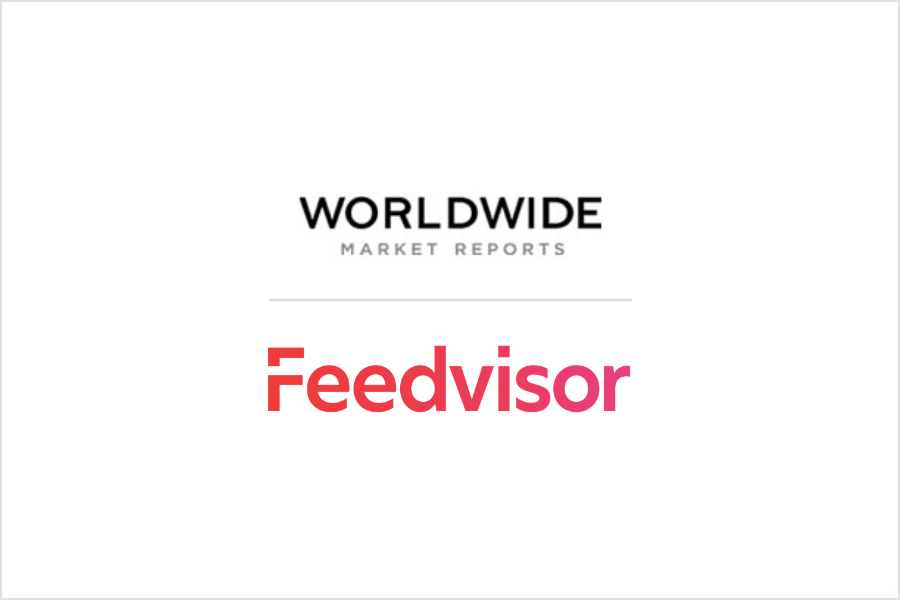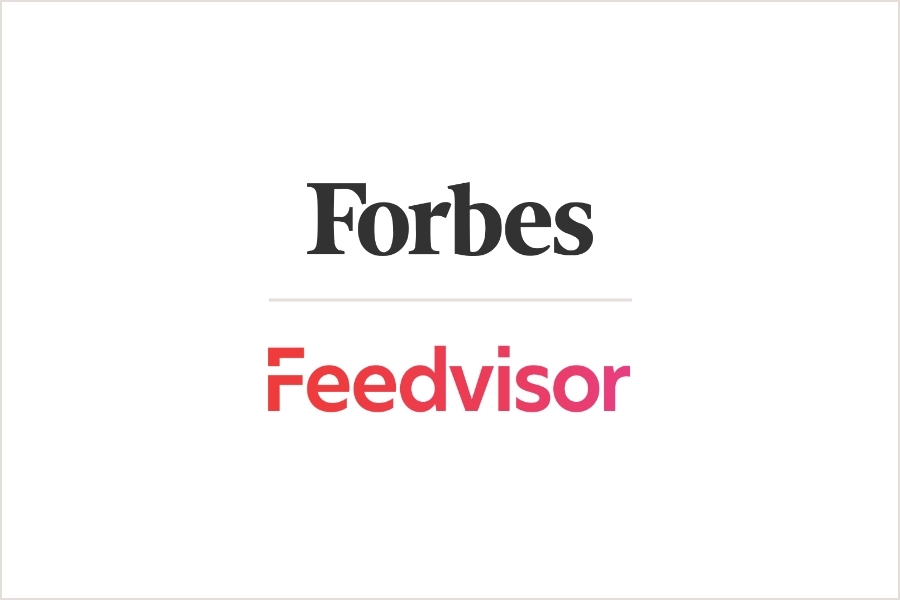
Categories
Latest Posts
Tags
Advertising Amazon Amazon Advertising Amazon Experts Amazon Listing Optimization Amazon Marketplace Amazon News Amazon Prime Amazon Professional Sellers Summit Amazon Seller amazon sellers Amazon Seller Tips Amazon Seller Tools ASIN Brand Management Brands Buy Box Campaign Manager Conference COVID-19 downloadable Dynamic Pricing Ecommerce FBA FBM Holiday Season industry news Multi-Channel Fulfillment Optimize pay-per-click Pricing Algorithm Pricing Software Private Label Profits Repricing Repricing Software Revenue Sales Seller Seller-Fulfilled Prime Seller Performance Metrics SEO SKU Sponsored Products Ads Strategy
Get the latest insights right in your inbox
Resource | Blog

Trump’s Tariffs Unpacked: What E-Commerce Businesses Can Expect and How to Prepare
SUMMARY
Trump’s tariffs are set to disrupt e-commerce, increasing costs and shifting consumer behavior—find out how to adapt and stay ahead of the competition.

Rachel Horner
Rachel Horner serves as a Content Marketing Writer for Feedvisor. She has extensive experience in writing for diverse B2B brands, particularly in the tech industry, and is dedicated to fostering meaningful brand-audience connections.
Refreshed on 3/18/25
Tariffs are turning the future of e-commerce into a high-stakes guessing game. As President Trump’s tariffs threaten to shake up the global economy, e-commerce businesses are bracing for impact. With everything from price hikes to shifting consumer behaviors on the horizon, the uncertainty is palpable. But in times of chaos, opportunity emerges for those who are prepared.
Below, we dive into the challenges tariffs create and how e-commerce businesses can adapt quickly to stay competitive—while safeguarding their margins and brand perception. Let’s break down what’s coming, how consumers are responding, and, most importantly, what strategies you need to stay ahead.
Understanding the Several Tariff Policies in Play
President Donald Trump’s international tariffs are seeding uncertainty in both the e-commerce sector and the broader economy. The tariffs include:
- Additional Duty on Chinese Imports (10%): This will effectively double the 10% duties imposed on Feb. 4. Amazon sellers relying on Chinese suppliers will need to reassess their sourcing to avoid unsustainable price increases.
- Tariffs on Mexico and Canada (25%): Tariffs on imports from Mexico and Canada are driven by political tensions but will also affect supply chains. Retailers sourcing from these countries may experience delays and higher product costs, complicating fulfillment processes.
- Steel and Aluminum: As of March 12th, the U.S. officially increased tariffs on all steel and aluminum imports to 25%.
- Temporary Exemptions: The U.S. briefly granted temporary tariff exemptions for Canadian and Mexican goods covered by the North American trade agreement known as USMCA until April 2.
- De Minimis Exemption: The de minimis exemption currently has no official end date. Trump initially scrapped this duty-free exemption for small parcels but temporarily reinstated it.
The proposed tariffs are set to impact a broad range of goods, from electronics to apparel, drawing attention from brands, retailers, and consumers alike. The National Retail Federation warns that Americans could lose between $46 billion and $78 billion in annual spending power if the tariffs are implemented—and sellers stand to lose just as much.
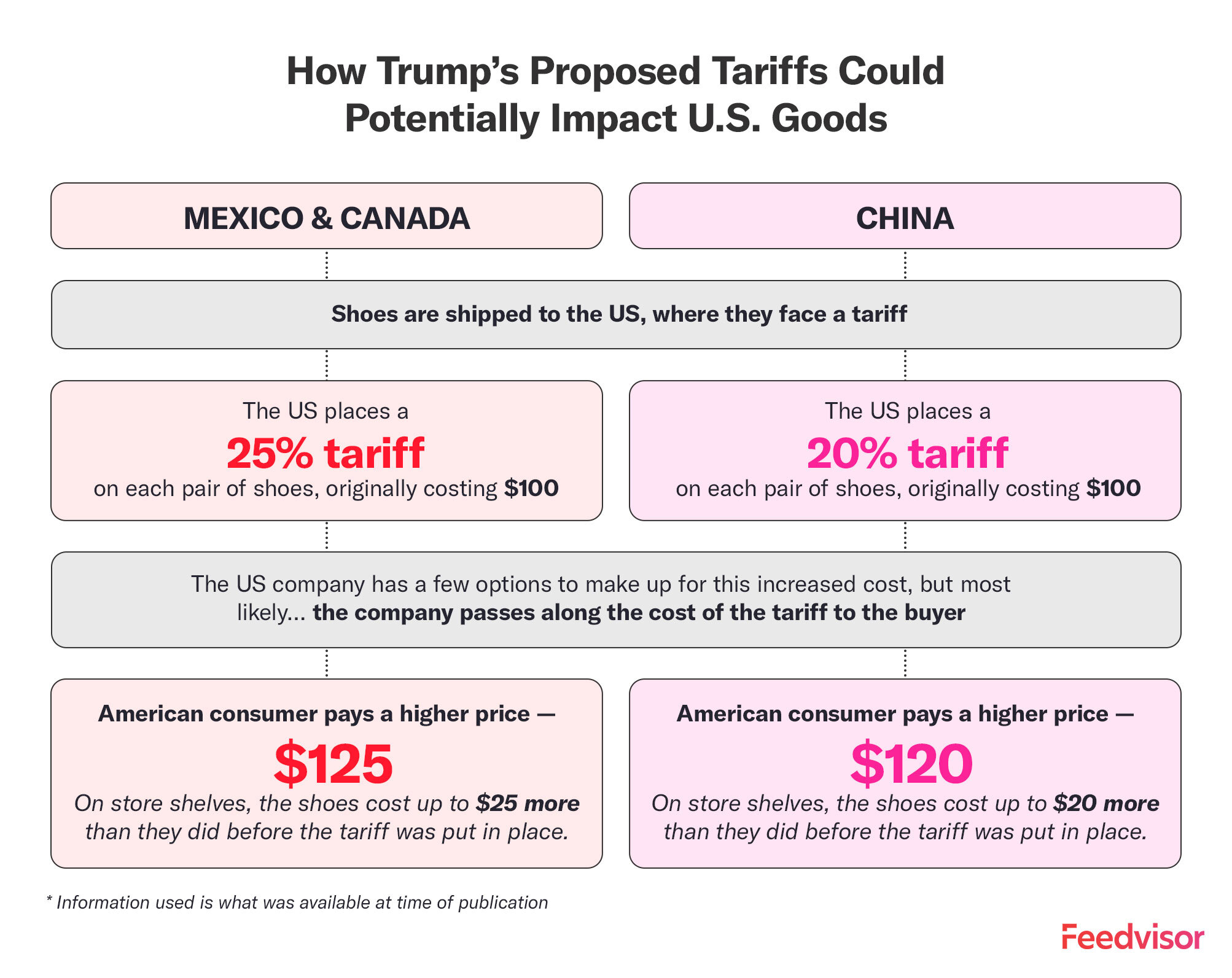
Historically, these policies have fluctuated—with many deadlines shifting—but their potential implications are already taking shape.

Get Ahead with the Leading Pricing Optimization Technology
Prepare for Tariff Hikes by Adjusting Prices with AI-Powered Precision
Consumers Brace for Impact
With more and higher tariffs coming soon, many consumers are bracing for the impact; Some shoppers are even doom-spending to ease their anxiety about the economy. According to a recent survey, 1 in 5 American consumers are purchasing more than usual due to Trump’s proposed tariffs. Additionally, 22% of consumers have started stockpiling items since November, while 20% plan to begin stockpiling soon.
Consumer anxiety is already weighing on retailers — Walmart’s fourth-quarter earnings highlight the growing pressure on the retail sector. Full-year sales growth forecast of 3-4% missed analyst projections, with Walmart’s CFO citing uncertainty around consumer behavior and global economic conditions. Inventory increased just 2.8%, reflecting cautious ordering. Gross margins improved, but the major retailer warned of continued pressure on product mix as shoppers focus on essentials.
It may be too soon to say how exactly prices will fluctuate, but consumers are already reconsidering their buying habits, particularly for major purchases. Once tariffs are officially implemented, consumer spending is expected to shift further toward value-seeking behaviors. Shoppers will actively seek out discounts, deals, and competitive pricing, intensifying price competition across the e-commerce and retail sectors.
What Businesses Can Do to Stay Afloat
To stay competitive, businesses must adapt to these shifting consumer behaviors. Yet, with growing deal fatigue, it is no longer the lowest price that always captures their attention. This challenging environment will push businesses toward more strategic discounting strategies as they strive to attract discerning customers and maintain market share. Those that are successful will recognize this shift and learn to find the sweet spot—offering discounts that appeal to cost-conscious shoppers while maintaining alignment with their brand perception.
Retailers are already strategizing.
- Shopify now allows sellers to show and charge duties at checkout, eliminating surprises for consumers.
- Lowe’s diversified its supply chain after tariffs were imposed during Trump’s first term.
- Temu has increased U.S.-shipped products, with many listings now featuring a “local” badge.
- Shein, which opened its first U.S. warehouse in Whitestown, Indiana, in 2022, and another office in Bellevue, Washington, in 2024, has been shifting more fulfillment to U.S. warehouses in response to changing trade policies.
From seeking alternative sourcing locations to cutting supply chain costs, new tariffs will push retailers to think outside the box and adapt in various ways. However you choose to strategize, it’s key to keep the three following tips in mind:
1. Adopt Smarter, Data-Driven Pricing Models
One of the biggest challenges for retailers will be absorbing rising costs without overburdening already price-sensitive consumers. After years of inflation, raising prices will be tough for those already stretched thin. To find the right balance, stay competitive and protect your financial health by adopting smarter, data-driven pricing models that combine short-term discounting with long-term margin protection.
By leveraging AI-powered dynamic pricing optimization tools, brands can analyze market trends, consumer demand, and competitor pricing in real time to make informed decisions. These solutions enable brands to deploy targeted discounts where they will have the greatest impact, such as during peak demand periods, while maintaining premium pricing for high-performing products or differentiated offerings.
2. Use Refined Messaging and Value Communication
Recent consumer data shows that shoppers are willing to wait longer if it means paying less — 42% of consumers prefer slower shipping if it means paying less. But with tariffs pushing costs higher, offering discounts to offset delays may not be sustainable. The smarter approach? Shift the focus to value. Emphasize product quality, offer bundled deals, or highlight long-term savings to keep customers engaged—even if delivery takes a little longer. As tariffs hit, price sensitivity will intensify. The key is preparing now to attract budget-conscious shoppers and stay competitive.
To do so, update messaging to clearly convey the value a product offers, focusing on how it solves consumer pain points to better justify the price. This shift ensures that consumers recognize the value beyond just cost, reinforcing the product’s worth.
3. Implement Strategic Discounting Without Devaluation
Ultimately, brands that strike the right balance between offering value to price-sensitive consumers and protecting profitability through intelligent pricing models will gain a significant competitive edge. In a landscape defined by economic uncertainty and fierce competition, adopting smarter, AI-driven pricing will be essential to navigating these pressures and achieving sustainable growth.
Final Thoughts
As tariffs threaten to reshape the global e-commerce landscape, businesses face a unique challenge: navigating economic uncertainty while staying competitive. The key to success in this shifting environment lies not only in adapting to new tariffs but in understanding how these changes affect consumer behavior and pricing strategies.
The right technology will be essential to navigating this uncertainty—enabling brands to quickly adjust to shifting price elasticity, competitor behavior, and beyond. By harnessing AI-powered pricing optimization, businesses can not only survive the tariff storm but also come out stronger. Start a free, 14-day trial of Feedvisor’s pricing optimization platform to prepare your business for what’s ahead.
